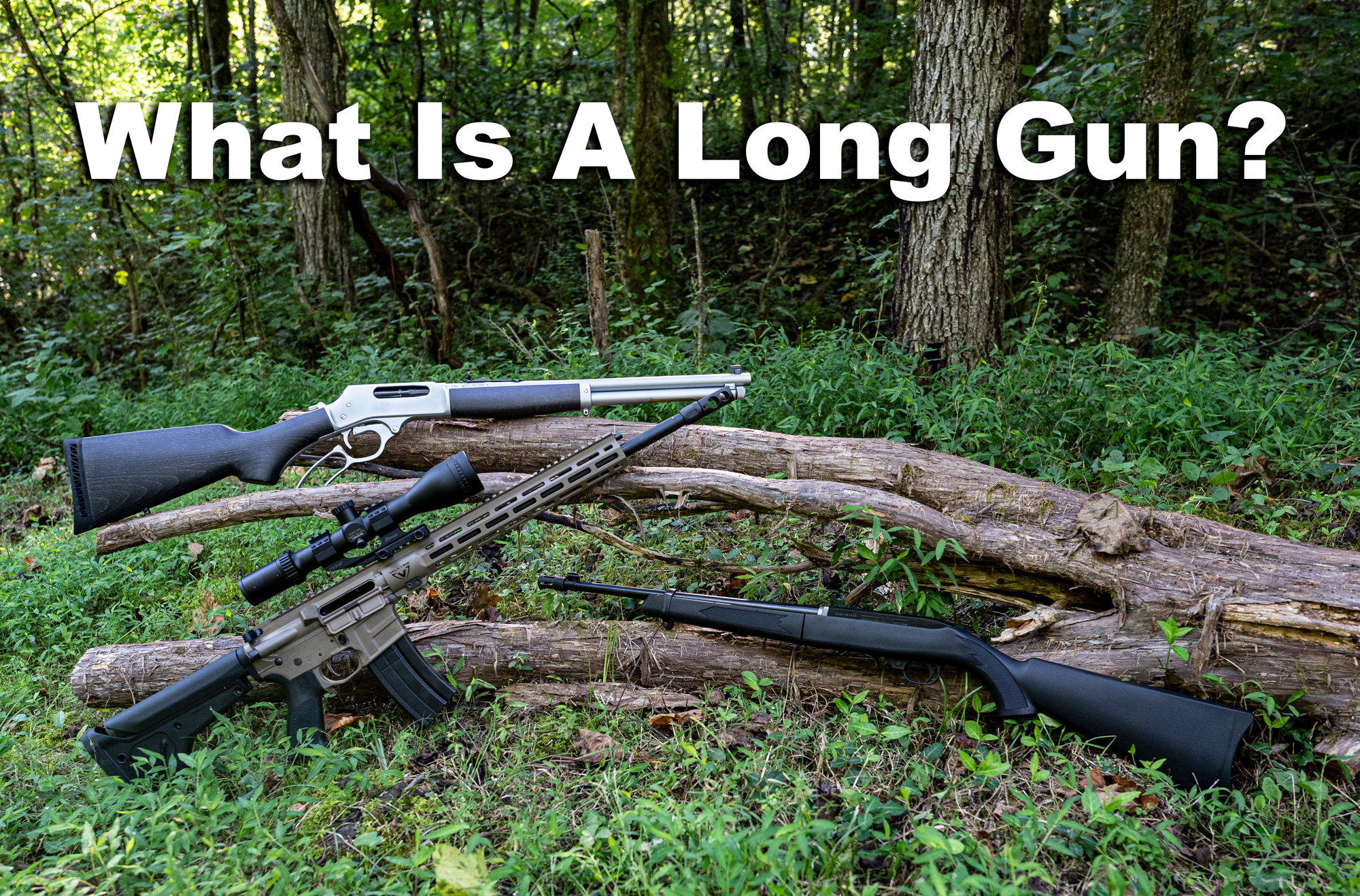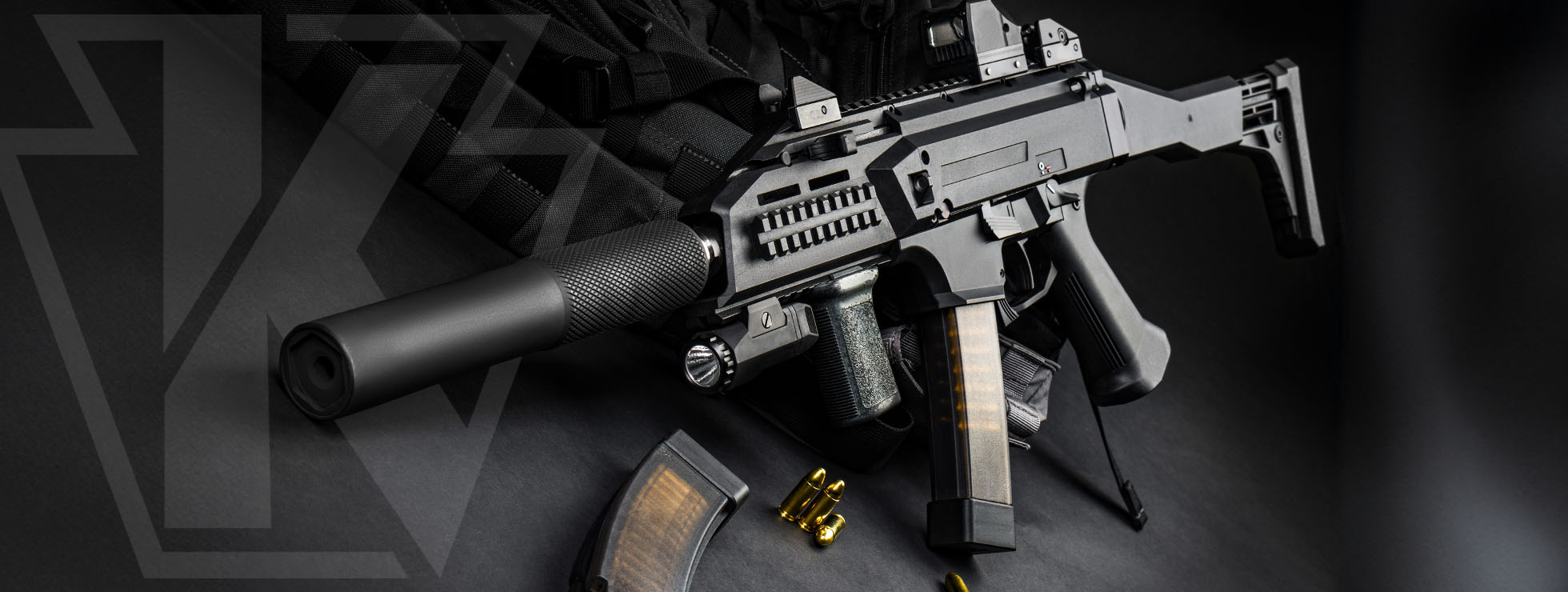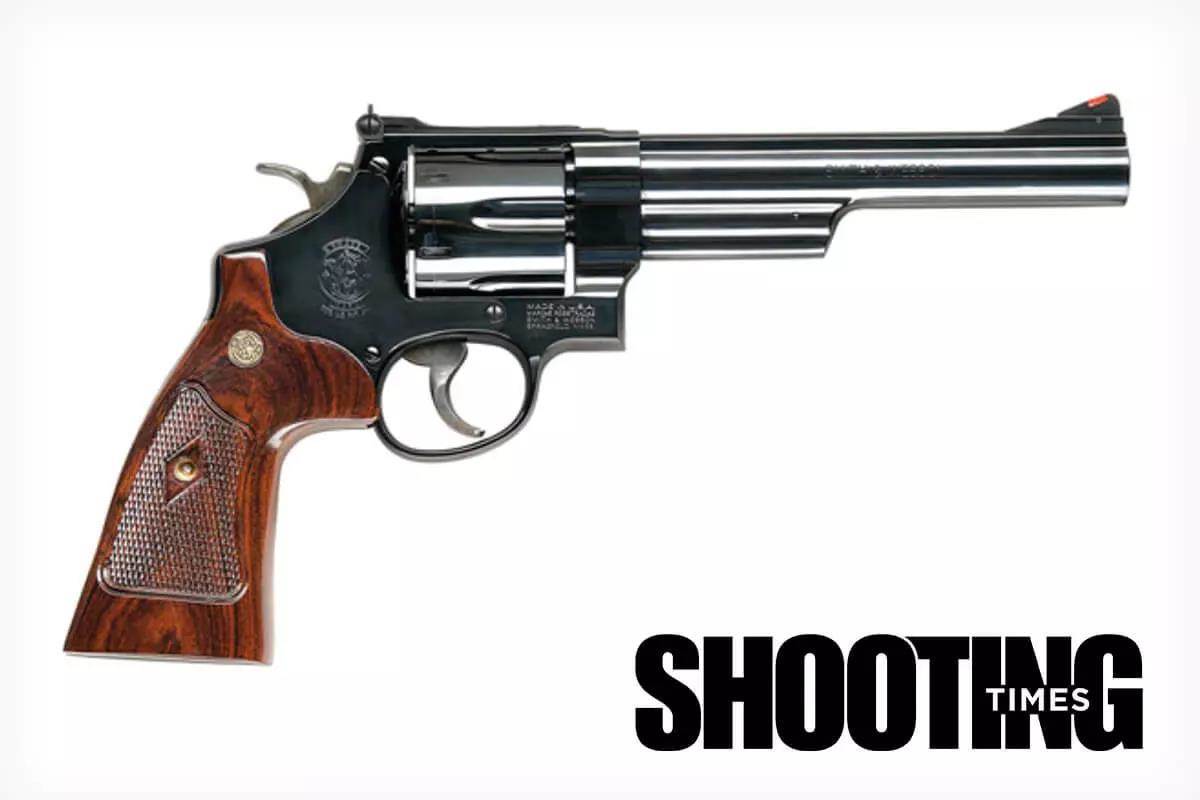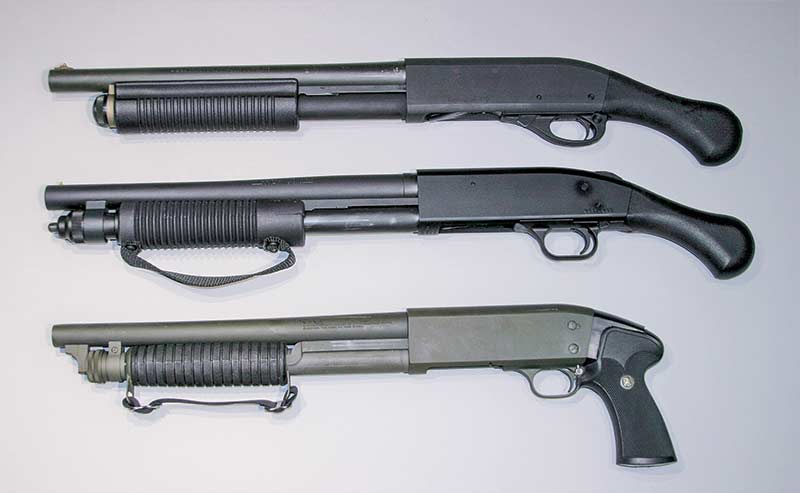Long guns, a category of firearms that includes rifles, shotguns, and carbines, are characterized by their longer barrels compared to handguns. They have been central to the development of both military and civilian firearms, serving a wide range of purposes from hunting and sporting to defense and combat. In this article, we will explore the history, types, features, uses, and significance of long guns.
1. What is a Long Gun?
A long gun is any firearm with a stock, a longer barrel, and is designed to be fired from the shoulder. This category includes rifles, shotguns, and carbines, each of which has its unique features and applications. The defining characteristic of long guns is their extended length, which generally allows for increased accuracy, range, and power compared to handguns. Long guns are often more powerful, able to fire larger cartridges or shells, and are suitable for a broader range of tasks, from hunting to tactical operations.
2. Types of Long Guns
Long guns can be classified into several categories, with each type suited for specific uses. The most common types of long guns include:
- Rifles: Rifles are long guns with rifled barrels, meaning the interior of the barrel is grooved to impart a spin on the bullet, improving accuracy over longer distances. Rifles come in various styles, including bolt-action, semi-automatic, and lever-action, and are chambered in a wide range of calibers. They are commonly used for hunting, target shooting, and military applications.
- Bolt-Action Rifles: These rifles require the user to manually operate the bolt to load, fire, and eject rounds. Known for their accuracy, bolt-action rifles are commonly used in hunting and precision shooting.
- Semi-Automatic Rifles: Semi-automatic rifles automatically load a new round into the chamber after each shot is fired. Popular for tactical use and hunting, they combine ease of use with greater rate of fire.
- Lever-Action Rifles: These rifles use a lever to cycle rounds into the chamber. Known for their rapid cycling and smooth operation, they are often used in hunting and cowboy-style shooting sports.
- Assault Rifles: A specific subset of rifles, assault rifles are designed for rapid fire, often with selectable firing modes such as semi-automatic, burst, or fully automatic. These rifles are primarily used by military and law enforcement.
- Shotguns: Shotguns are long guns that use smoothbore barrels (without rifling) and are primarily designed to fire shells containing multiple pellets or a single slug. Shotguns are widely used for hunting birds, small game, and for home defense. They can also be used in sports such as skeet shooting and trap shooting.
- Pump-Action Shotguns: These shotguns require the user to manually cycle the action by pumping the fore-end. They are reliable, easy to maintain, and commonly used for home defense, hunting, and law enforcement.
- Semi-Automatic Shotguns: These shotguns automatically reload after each shot, offering faster follow-up shots than pump-action models. They are often used for hunting and sporting purposes.
- Over-Under and Side-by-Side Shotguns: These shotguns have two barrels stacked vertically (over-under) or side-by-side. They are often used for bird hunting and sporting clays due to their balance and quick handling.
- Carbines: Carbines are shorter versions of rifles with a reduced barrel length, typically between 16 and 20 inches. Though originally designed for cavalry or soldiers who needed a more compact weapon, carbines are now widely used in both military and civilian contexts. They are typically chambered in smaller, intermediate calibers like .223 Remington or 5.56 NATO, making them versatile for short to medium-range combat or hunting.
3. Key Features of Long Guns
Long guns are characterized by their longer barrels, which provide several advantages in terms of accuracy, velocity, and power. Some of the key features that differentiate long guns from handguns and other types of firearms include:
- Barrel Length: Long guns typically have a barrel length of 16 inches or more. Longer barrels improve the velocity of the bullet, contributing to greater accuracy and range. A longer barrel allows the expanding gases from the fired cartridge to push the bullet for a longer time, leading to higher muzzle velocity.
- Stock: Long guns have a stock, which provides support for the shooter and allows the firearm to be braced against the shoulder. The stock helps absorb recoil and aids in stabilizing the firearm during aiming, improving overall accuracy.
- Sights and Optics: Long guns often come with iron sights, but many modern variants allow the attachment of scopes, red dots, or other optics. These features enhance the shooter’s ability to target and hit distant or moving objects.
- Caliber and Ammunition: Long guns are typically chambered for more powerful rounds than handguns. Rifles, for example, are chambered for rounds like .223, .308, or .30-06, while shotguns can use a wide variety of ammunition, including birdshot, buckshot, and slugs.
- Action Type: Long guns come with various action types, including bolt-action, lever-action, semi-automatic, and pump-action. The type of action determines how the firearm is operated, whether it is manually cycled, semi-automatic, or fully automatic.
4. Uses of Long Guns
Long guns are used for a wide range of purposes across different fields, including hunting, sport shooting, law enforcement, and military operations. Here are some common uses:
- Hunting: Long guns are essential tools for hunters, providing the necessary power and range to take down game. Rifles are often used for larger game like deer, elk, and wild boar, while shotguns are preferred for small game and bird hunting. Carbines are also popular for varmint hunting due to their light weight and maneuverability.
- Sport Shooting: Long guns are widely used in competitive sports such as target shooting, skeet shooting, and trap shooting. Rifles are used in events like precision rifle shooting, where accuracy over long distances is crucial. Shotguns are used in clay pigeon shooting and other shotgun sports, where speed and precision in hitting moving targets are key.
- Home Defense: Shotguns, particularly pump-action models, are widely regarded as one of the best home defense firearms. Their wide shot spread makes them effective in close-range engagements, and their intimidating sound is often enough to deter potential intruders.
- Military and Law Enforcement: Long guns, particularly rifles and carbines, are the primary weapons used by military personnel and law enforcement officers. Assault rifles and semi-automatic rifles provide both accuracy and rapid firepower in combat or tactical situations. Shotguns are often used in tactical operations for close-quarters engagements or breaching doors.
- Self-Defense: While less common for civilian self-defense than handguns, long guns can be used for personal protection, particularly in rural areas where threats may come from animals or human intruders over longer distances.
5. Advantages of Long Guns
Long guns offer several key benefits over other types of firearms, particularly handguns:
- Greater Accuracy: The longer barrel of a long gun improves the accuracy of the shot, making them ideal for engaging targets at medium to long ranges. The longer sight radius, combined with the stock and other ergonomic features, provides a more stable platform for aiming.
- Higher Power: Long guns are typically chambered for more powerful rounds, giving them greater stopping power and the ability to engage larger targets or threats. Rifles, in particular, can deliver high-velocity rounds with significant energy.
- Increased Range: The longer barrel length and higher velocity of long gun rounds enable them to be effective over much greater distances than handguns. This makes them ideal for hunting, precision shooting, and military applications where long-range engagements are common.
- Recoil Management: The design of long guns, particularly the stock, helps manage recoil more effectively than handguns. This makes long guns easier to shoot accurately, even under rapid-fire conditions.
- Versatility: Long guns are highly versatile and can be adapted for a wide range of uses, from sport shooting and hunting to military and tactical operations. Their modularity allows for customization with accessories such as optics, bipods, and suppressors.
6. Conclusion
Long guns are an integral part of the firearms world, offering a combination of power, accuracy, and versatility that makes them suitable for a wide range of applications. Whether used for hunting, sport shooting, home defense, or military operations, long guns continue to be a preferred choice for many shooters. Their longer barrels, superior accuracy, and ability to handle more powerful ammunition give them an edge over handguns, making them indispensable tools for various practical and recreational uses. The evolution of long guns continues, with modern technology improving their design, efficiency, and adaptability to meet the needs of shooters worldwide.



